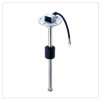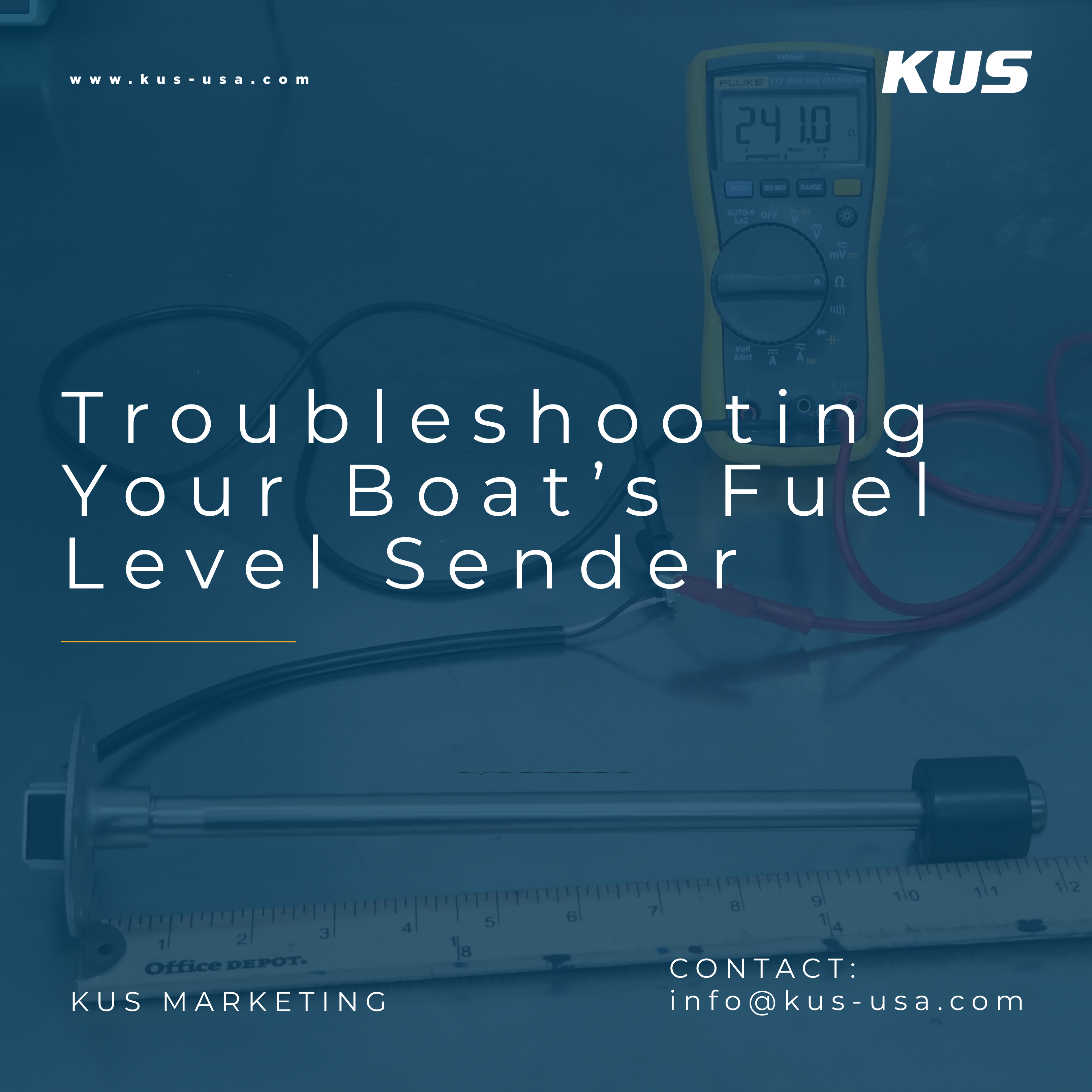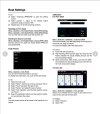Ok, when you have only one fuel tank then a stuck or failing fuel tank sending unit is more likely.
You may try first the settings of the CL5 and try to new set and calibrate it, thats probably the easiest task.
However, you should also opt to pull the fuel sender installed and replace it with a new one to make sure that it's working as supposed. I am in the believe that if i pull the sender then i replace it with a new one, fuel tanks senders are not expensive stuff.
The kind showed below are from my experience the longest lasting and avoid the cheap lever style ones as they rust if fuel tank is not always full.Changing a fuel tank sender is not a difficult task, but you have to consider some important things.
1° gasoline is extremely inflammable --> no cigarettes, no sparks of any kind, no flames near the open fuel tank, NEVER
2° the gas tank is treaded so be gentle when loosing the bolts and particularly when screwing them down to avoid stripping the treads
3° clean the base where the gasket between tank and sender sit well to avoid leaks
4° i close the open hole immediately with a rag to avoid fumes exit and things falling inside, dirt in particular
5° if you mark the indexed sender plate with the fuel tank surface you will have to guess less in what direction he goes if you reuse the old one. On a new one checking the hole pattern on the old and the new sending unit help with guesswork too.
My Aux Tank sender is acting up again and showed yesterday only 80% instead of full as the engines get fuel from the main tank,
so i guess in the next days or weeks i will change it with a new one. Unfortunately you have a different tank so my sender may be different than the one you need.
Check the manual or online about setting the fuel tank capacity and calibrating them, on the older Yamaha Gages both was possible but not sure on our CL5.
If you have a Garmin MFD then you can program it to read the yamaha fuel flow and show it on the Fuel page on the Garmin MFD and the calculated fuel is spot on. I had this on my Venture 34 and on my 30ft RIB and on both boats difference between filling up and the value of remaining fuel was irrelevant small and probably due difference in refueling process.
If you have other than Garmin MFD's than you have to check with others as i know only Garmin devices.





